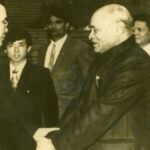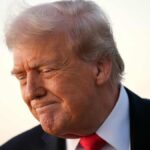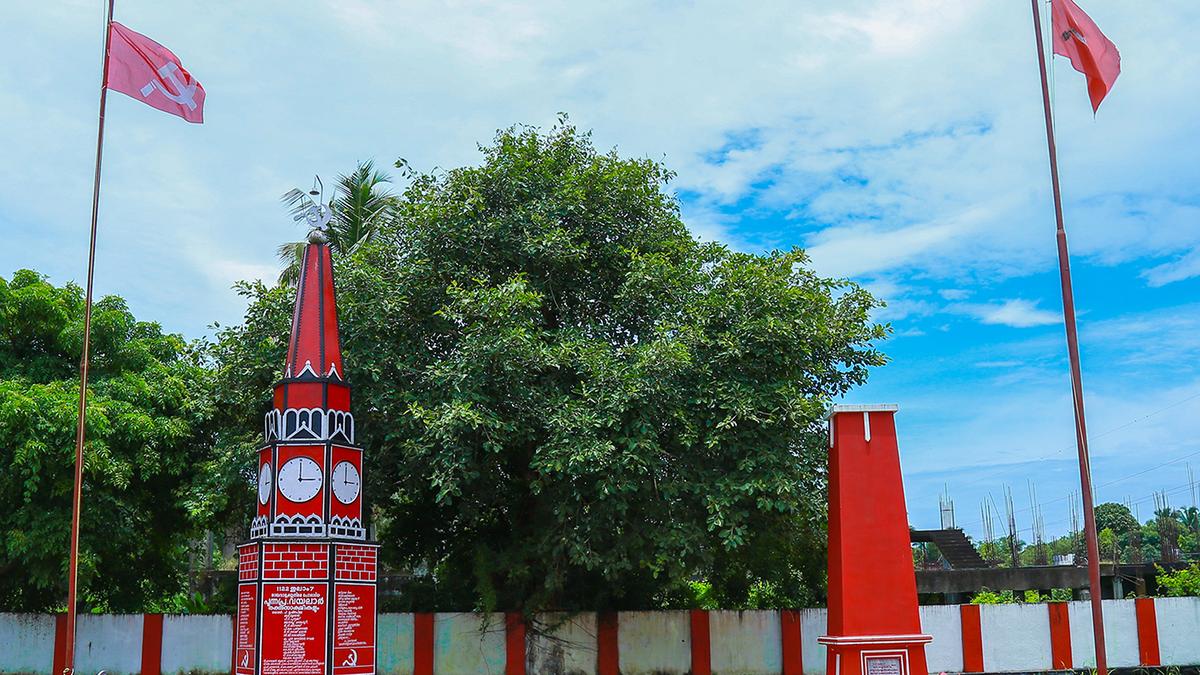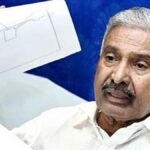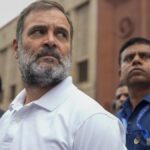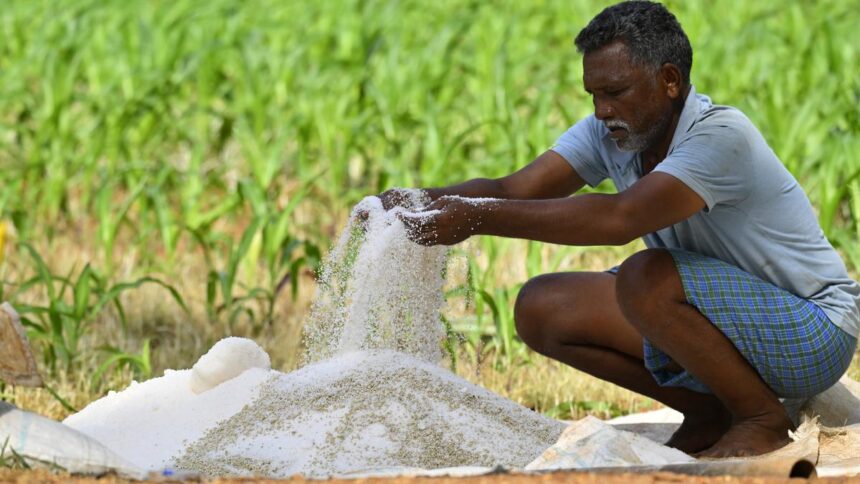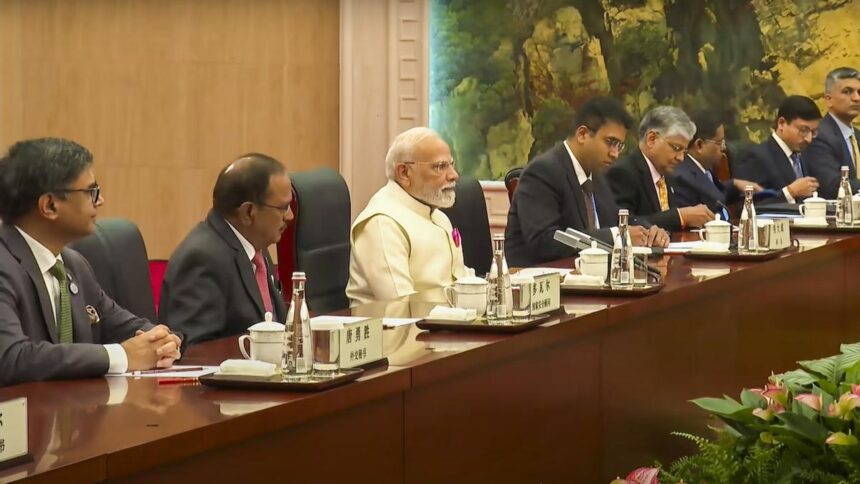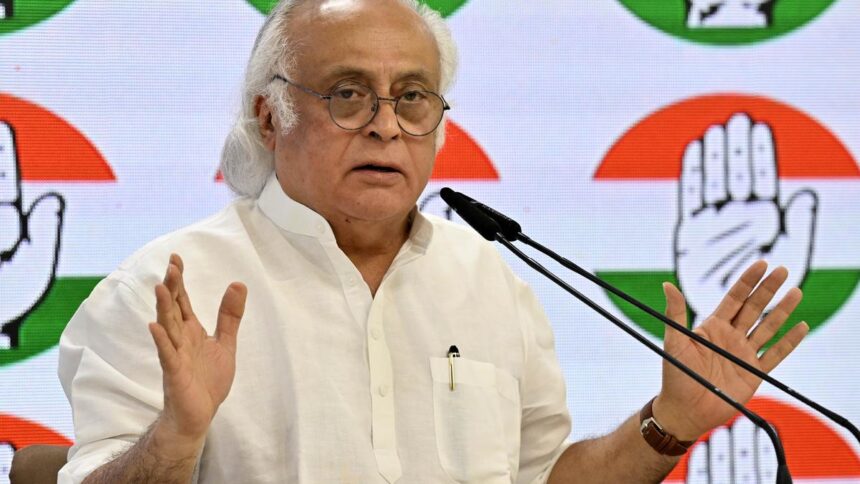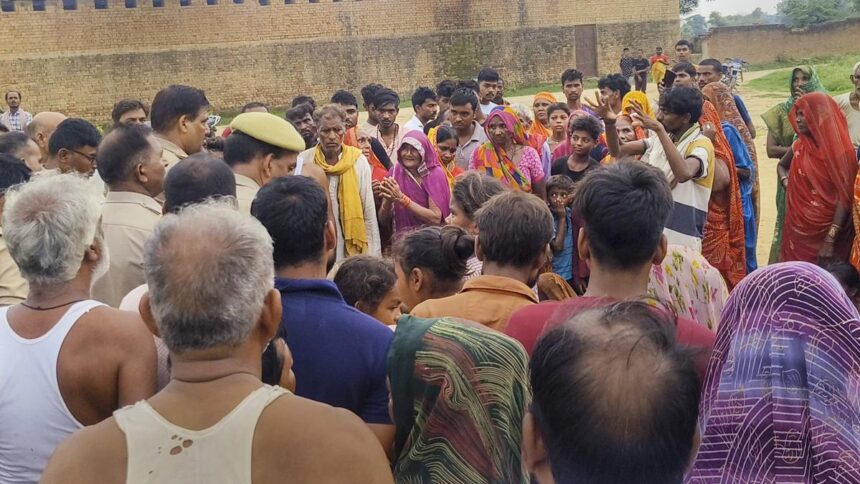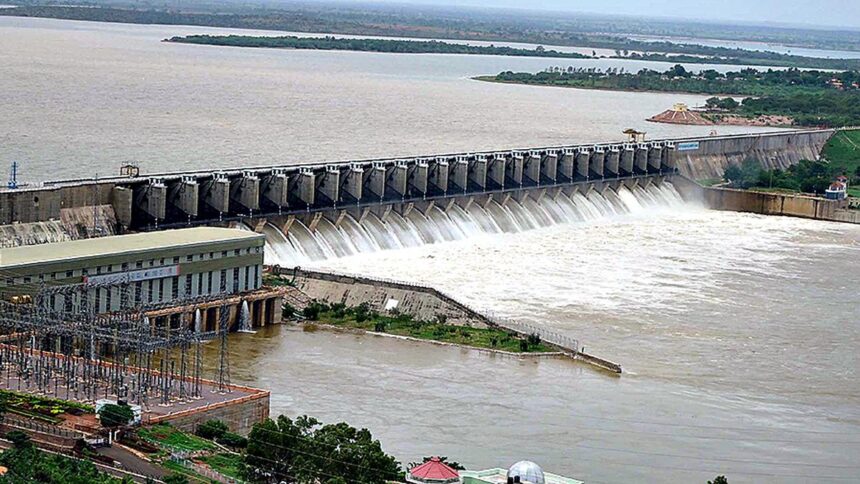The story so far
V.S. Achuthanandan, the communist icon who passed away at the age of 101, was one of the last living flagbearers of the historic Punnapra-Vayalar uprising of 1946 in Kerala. The movement, which played a critical role in shaping Kerala’s political landscape, was the crucible that forged his lifelong commitment to justice and resistance.
What was Punnapra-Vayalar uprising?
The Punnapra-Vayalar uprising of 1946 was a mass revolt by workers and peasants against the autocratic Travancore monarchy and the autocratic rule of Diwan C.P. Ramaswami Iyer. Rooted in the coastal belt of Alappuzha, particularly in the villages of Punnapra and Vayalar, the movement was spearheaded by the nascent Communist Party of India, which mobilised coir workers, agricultural labourers and tenants who were bearing the brunt of feudal exploitation and starvation in the wake of World War Two.

At the heart of the protest was rising discontent against the Diwan’s proposal to keep Travancore an independent nation, separate from the Indian Union, an idea modelled on the American presidential system. The communists were objected to this ‘American model’, coining the slogan: “Throw the American model into the Arabian Sea!”
A revolt fuelled by suffering
The economic hardship was acute. Food shortages, black market, inflation, unemployment and starvation plagued the people. Landlords, backed by the State, ruled with impunity.
In the face of such cruelty, the coir workers’ union and the communist party began building ward committees and organising local resistance in Cherthala and Ambalapuzha taluks. By 1945, a general strike was held across Alappuzha, Cherthala and Muhamma, demanding basic rights and rations. The response was swift and brutal in the form of martial law and police repression.
The flashpoint
On 25 October 1946, as Travancore prepared to declare independence with a U.S.-style constitution, unrest was already boiling over. The All Travancore Trade Union Congress had called for a general strike starting October 22. Thousands of workers took to the streets, marching toward the reserve police camp at Punnapra, demanding freedom. When the protesters reached the camp, the officer-in-charge gave the order to open fire. Several demonstrators were shot dead. The officer and five policemen were also killed in the clashes that followed.
Outraged, over 1,000 communists in Vayalar retaliated with crude spears (varikuntham, as it is locally called) carved from arecanut tree stems and killed several police personnel. The Diwan responded by declaring martial law. By October 27, the Travancore army, with naval support, had surrounded Vayalar. Outgunned, the rebels resisted fiercely but were eventually crushed. The exact toll remains uncertain, but hundreds of communists lost their lives in the brutal crackdown.

Achuthanandan’s role
Achuthanandan, then a 23-year-old coir worker and newly minted Communist, was deeply involved in organising workers ahead of the uprising. Though arrested before the final clashes, he played a crucial role in mobilising resistance.
After the uprising, V.S. went underground. Escaping to Kottayam through the backwaters, he trekked 30 km to reach Poonjar as instructed by Travancore Communist Party acting secretary K.V. Pathrose. In Poonjar, he hid in the homes of sympathisers but was soon caught and subjected to intense torture. He was presumed dead and nearly dumped in the forest. But he survived and was treated in Pala hospital before being transferred to the Poojappura Central Jail in Thiruvananthapuram.
Aftermath and legacy
Though the uprising was violently suppressed, it dramatically shifted Travancore’s political trajectory. It symbolised the awakening of class consciousness among the oppressed and laid the ideological foundation for the rise of Left politics in the State. Less than a year later, Diwan C.P. Ramaswami Iyer resigned and left the State after an attempt on his life. This struggle also led to the beginning of a process through which the two princely States of Travancore and Cochin were first made into what was known as the Travancore-Cochin State. Seven years later, they were merged with the Malabar district of the British-ruled Madras presidency to form the new, united linguistic State of Kerala. In 1957, following the first-ever elections to the Kerala Legislative Assembly, the first democratically communist government came to power under the leadership of E.M.S. Namboodiripad.

The communists regard Punnapra-Vayalar uprising as not isolated. It was part of a broader wave of militant actions across Kerala — Karivellur, Kavumbai and Thillankeri in Malabar saw similar uprisings. But the resistance in Alappuzha stood out for its intensity, sacrifice, and impact. The slogan ‘the blood of Vayalar is our blood’ became a rallying cry for generations of Left activists.
A life lived in the spirit of resistance
For Achuthanandan, the uprising was a turning point that charted the rest of his life. As a trade unionist, Leader of the Opposition, Chief Minister and elder statesman of the Left, he carried the spirit of Punnapra-Vayalar into every phase of his public life. With his passing, Kerala also looses a bridge to its revolutionary past. But the legacy set by V.S. has ensured that the fire lit in 1946 lives on in Kerala’s politics, memory and conscience.
Published – July 23, 2025 02:56 pm IST




